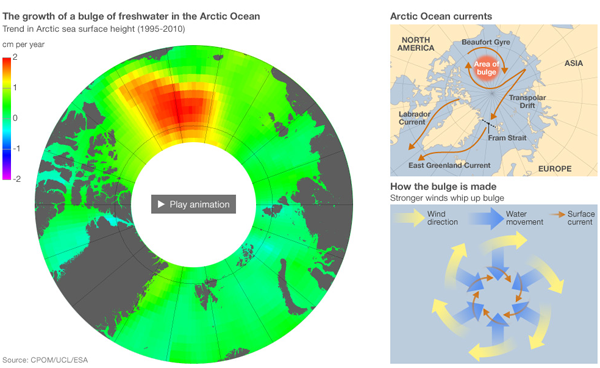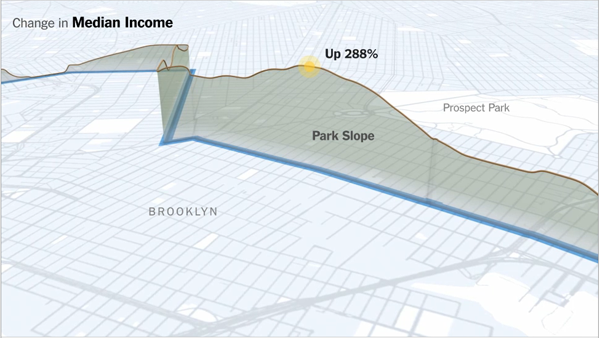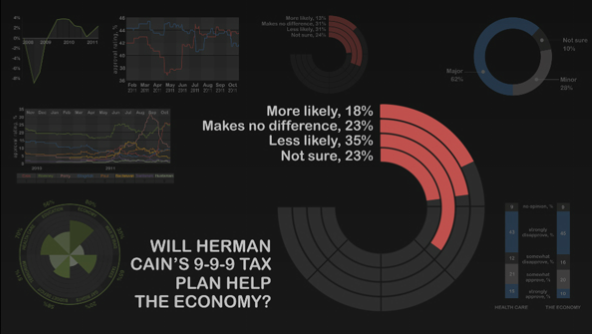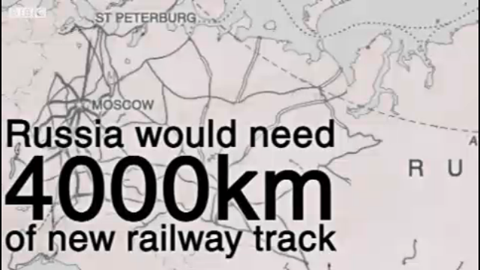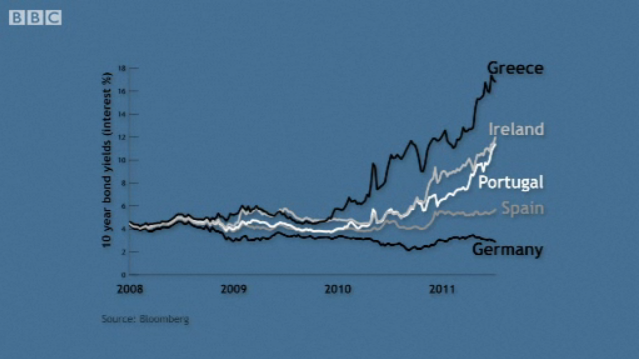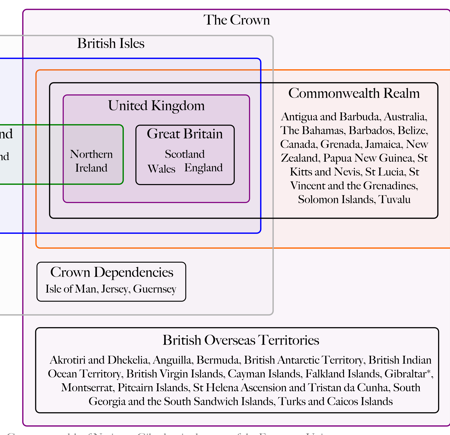Bridges are vital parts of infrastructure networks connecting two separate pieces of territory, but often they can be choke points. Damage to a bridge can result to isolation at worst and at best long, circuitous reroutes that add significant time to travel. In the San Francisco area authorities are building a new bridge to replace the current Bay Bridge. But as everyone knows, buildings and infrastructure in that area can be significantly damaged during earthquakes. And the area is waiting for the ‘Big One’ that shall come some day or another.
So how to build a new bridge for the long-term that will also survive a major earthquake? The New York Times explains it in an interactive piece accompanying an article. The interactive piece includes an animation with voiceover explaining the details of the design, with diagrams illustrating the components placed next to the video player. At the bottom, anchoring the piece (pun intended), is a photo-illustration of the new bridge’s design.
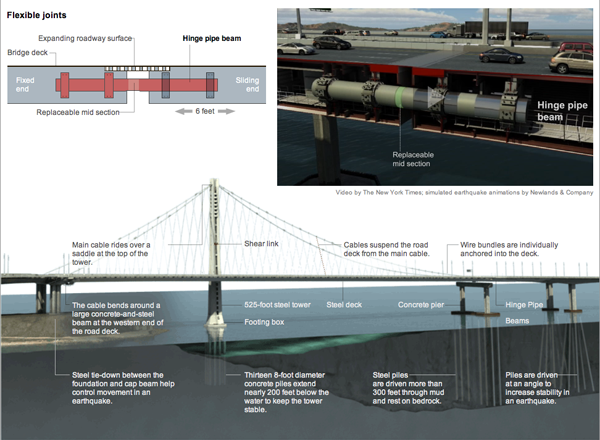
Credit for the piece goes to Mika Gröndahl and Xaquín G.V.

